当前位置:网站首页>10 schemes to ensure interface data security
10 schemes to ensure interface data security
2022-07-06 19:20:00 【Young】
In our daily development , How to ensure the security of interface data ? Personally feel , Interface data security assurance process , Mainly reflected in these aspects : One is The data transfer Safety in the process , And the data arrives at the server , how Identifying data , The last point is Security of data storage . Today, I want to talk to you about how to ensure the security of interface data 10 A plan .
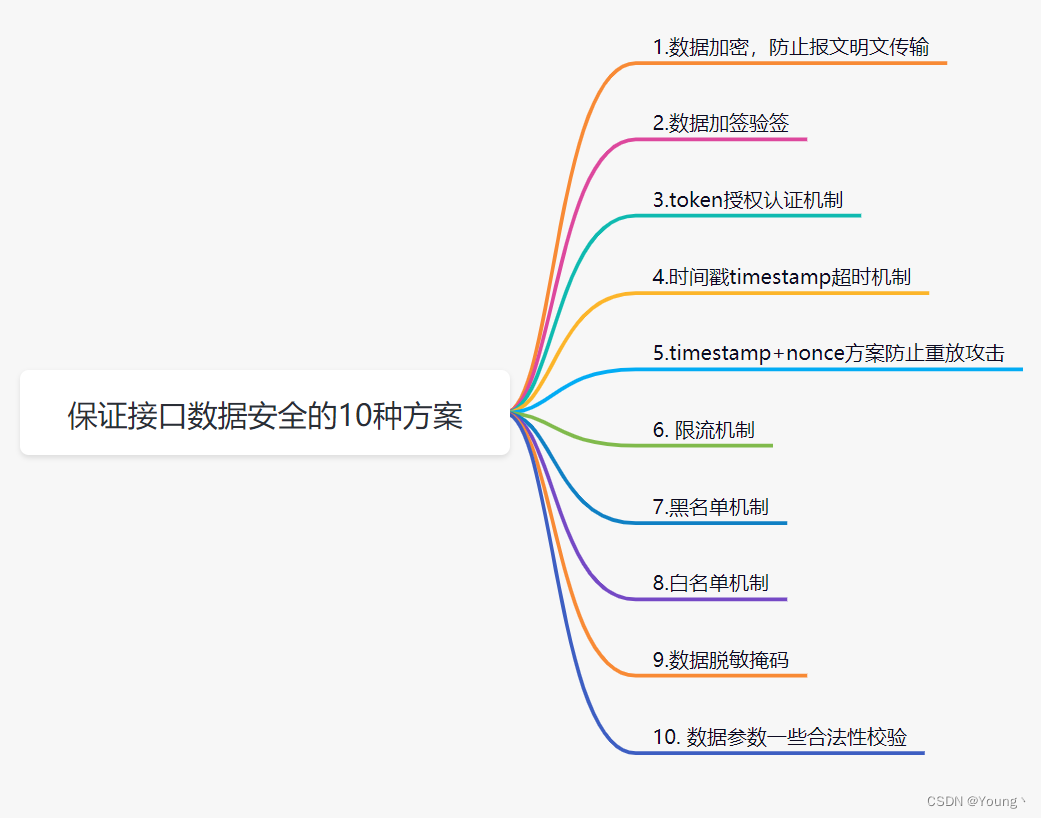
1. Data encryption , Prevent the transmission of newspaper messages .
We all know , Data in the process of network transmission , It's easy to be caught . If you are using http agreement , Because it is transmitted in clear text , Users' data can be easily obtained by others . So we need to encrypt the data .
1.1 How to encrypt data ?
Common implementation methods , That's right Key fields encryption . such as , You have a login interface , You can be right password encryption . What encryption algorithm is generally used ? Easy to use Symmetric encryption algorithm ( Such as AES) To encrypt and decrypt , Or hash algorithm processing ( Such as MD5).
What is? Symmetric encryption : An encryption algorithm that uses the same key for encryption and decryption .

Asymmetric encryption : Asymmetric encryption algorithm requires two keys ( Public key and private key ). Public key and private key exist in pairs , If you encrypt data with a public key , Only the corresponding private key can be decrypted .
A safer way , Just use Asymmetric encryption algorithm ( Such as RSA perhaps SM2), Public key encryption , Private key decryption .

If you want to encrypt all fields , It is generally recommended to use https agreement .https In fact, in the http and tcp Add a layer of encryption between SSL.
1.2 friends , Do you remember https How about the principle of ?
Interview is also often asked , as follows :
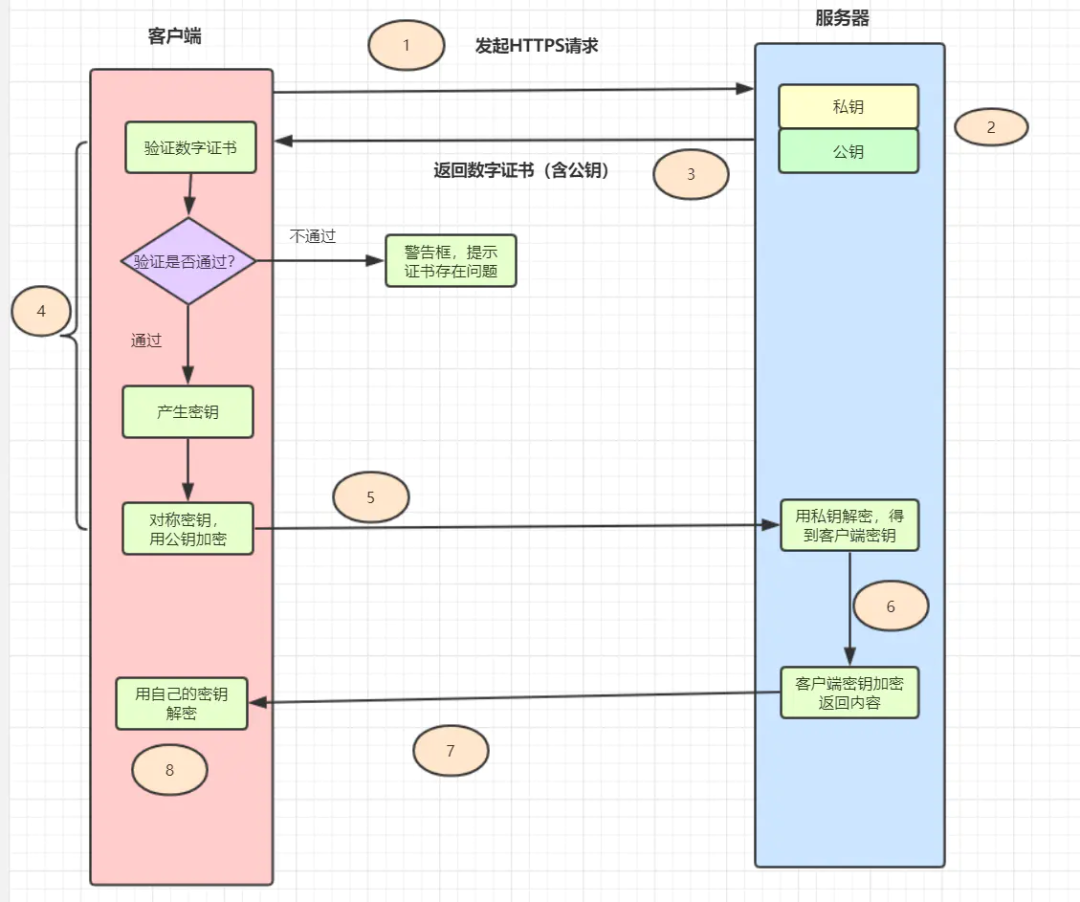
- Client initiated Https request , Connected to the server 443 port .
- The server must have a set of digital certificates ( The certificate contains a public key 、 Certification authority 、 Expiration date, etc ).
- The server sends its own digital certificate to the client ( The public key is in the certificate , The private key is held by the server ).
- After the client receives the digital certificate , Will verify the validity of the certificate . If the certificate is verified , A random symmetric key will be generated , Encrypt with the public key of the certificate .
- The client sends the encrypted key of the public key to the server .
- After the server receives the ciphertext key sent by the client , Use your previously reserved private key to decrypt it asymmetrically , After decryption, you get the client's key , Then use the client key to encrypt the returned data symmetrically , The data transmitted by maozi are ciphertext .
- The server returns the encrypted ciphertext to the client .
- When the client receives , Decrypt it symmetrically with your own key , Get the data returned by the server .
Daily business , Data transmission encryption , use https That's all right. , If the safety requirements are high , Such as login and registration , Need to transmit password , The password can be used RSA And so on , Encrypt password . If your business , The security requirements are very high , You can simulate https This process , To message , Do encryption and decryption again .
2. Data signature verification
Data message signature verification , yes Common means to ensure the safety of data transmission , It can ensure that the data is in No tampering during transmission . I used to do it Enterprise transfer system , Just use the additional signature to verify the signature .
2.1 What is countersigning and signature verification ?
- Data signature : use Hash Algorithm ( Such as
MD5, perhaps SHA-256) Generate message summary from original request parameters , Then encrypt the digest with the private key , Get the digital signature corresponding to this messagesign( This process is The signature of the ). Generally speaking , The requesting party will send Digital signature and original message Send it to the receiver .

- attestation : The receiver gets the original message and digital signature (
sign) after , use The same Hash Algorithm ( For example, they all use MD5) Generate a summary from the message A. in addition , Decrypt the digital signature with the public key provided by the other party , Get a summary B, contrast A and B Are they the same? , You can know whether the message has been tampered with .
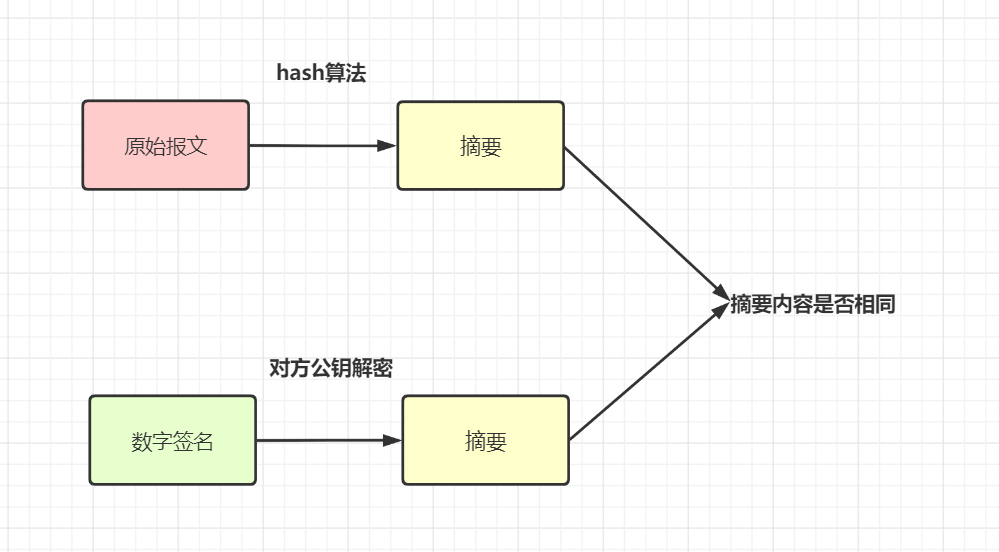
Actually The signature of the , I understand , The request parameters , According to certain rules , utilize hash Algorithm + The encryption algorithm generates a The only label sign. If the signature is checked , That is to treat the request parameters according to the same rules , Then use the same hash Algorithm , And the corresponding key decryption processing , To compare whether this signature is consistent .
Another example , Some partners achieve this , Set all non empty parameters ( Contains a package
AccessKey, Unique developer ID ) In ascending order , Then splice another oneSecretKey( This is only used for local encryption , Not participating in network transmission , It is only used as a signature inside ), Get onestringSignTempValue , Last use MD5 operation , obtainsign.After the server receives the message , Can check , Only by having a legal identity
AccessKeyAnd signatureSigncorrect , Only then . This solves the problem of authentication and parameter tampering , If the request parameters are hijacked , Because the hijacker can't getSecretKey( For local encryption only , Not participating in network transmission ), He can't forge a legal request
2.2 With https Wait for encrypted data , Why is it necessary to add a signature for verification
Some friends may have questions , Signature verification is mainly to prevent data from being tampered with during transmission , If it's all used https The next protocol encrypts the data , Why can it be tampered with ? Why is it necessary to add a signature for verification ?
The data was encrypted during transmission , Theoretically , Even if caught , And the data won't be tampered with . however https It's not absolutely safe Of course . You can read this article : terrible , original HTTPS It's no use . There's another point :
httpsThe encrypted part is only on the Internet , Then there are many services that jump to each other on the intranet , Countersignature can also be in This is guaranteed not to be tampered with by intermediaries , Therefore, the interface development with high security requirements for general transfer , Need to be Additional signature
3.token Authorization and authentication mechanism
Daily development , Our website or APP, Are all need The user login Of . So if it is Non login interface , How to ensure safety , How to confirm the user's identity ? have access to token Authorization mechanism .
3.1 token Authorized authentication scheme
token Authorized authentication scheme : The user enters the user name and password on the client , Click to log in , The server will verify the password successfully , A unique value will be returned to the client token, And will token In the form of key value pairs stored in the cache ( It's usually Redis) in . The subsequent client should take this with it for all operations requiring authorization module token, After the server receives the request , to token verification , If token There is , It shows that it is a legal request .
token The login authorization flow chart is as follows :
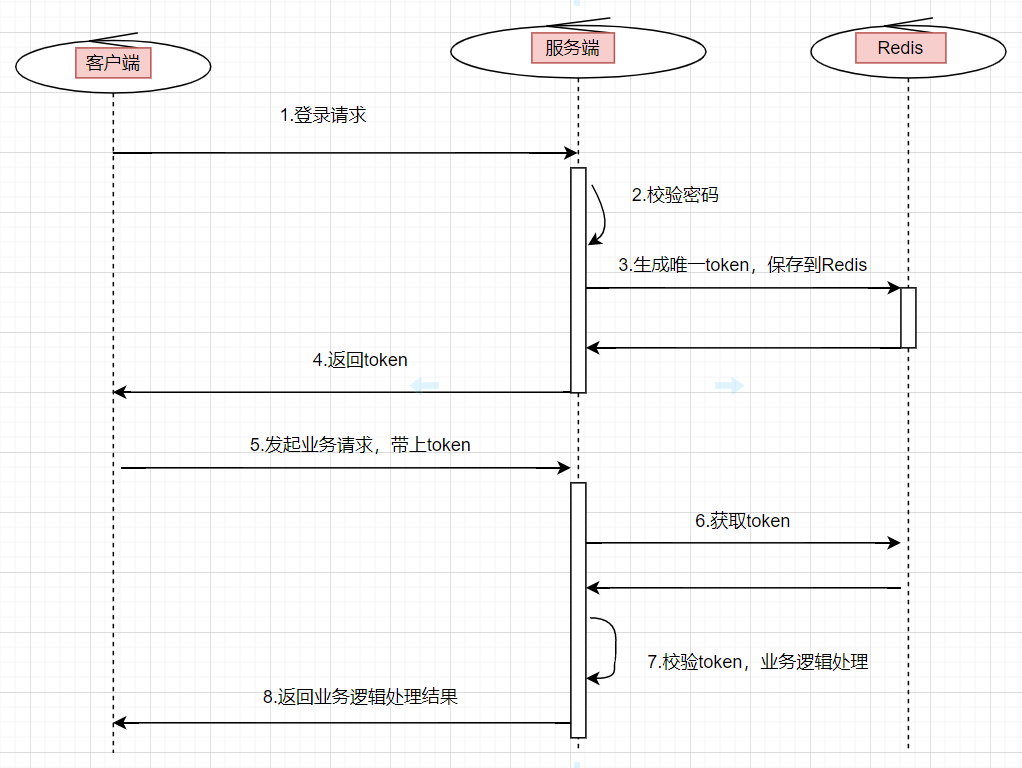
- The user enters the user name and password , Initiate a login request
- The server verifies the password , If the verification passes , Generate a globally unique
token. - take
tokenStored inredisin , amongkeyyestoken,valueyesuserIdOr user information , Set an expiration time . - Put this
tokenReturn to the client - When the user initiates other business requests , You need to bring this
token - Background services will uniformly intercept interface requests , Conduct
tokenValidation , And get user information from it , For subsequent business logic . Iftokennon-existent , Indicates that the request is invalid .
3.2 How to ensure token The safety of the ?token Hijacked ?
How can we guarantee token What about the safety of the company ?
for instance , If I get token, Is it possible to call any interface on the server side ? We can consider from these aspects :
- token Set a reasonable period of validity
- Use https agreement
- token You can encrypt again
- If you are accessing sensitive information , Simply add token It's not enough. , Usually, the white list will be configured
Speaking of token, Some friends may think of jwt, namely (JSON Web Token), In fact, it is token A kind of . Interested friends can go to know about it .
4. Time stamp timestamp Timeout mechanism
Data is easy to capture , Suppose we use https And countersignature , Even if the middleman catches the data message , It can't see the real data . But some lawbreakers , He doesn't care about the real data , Instead, you get the captured packets directly , Make a malicious request ( such as DOS attack ), To bring down your system .
We can introduce Timestamp timeout mechanism , To ensure interface security . Namely : Every time a user requests it, he will bring a timestamp of the current time timestamp, The server receives timestamp after , Decrypt , After passing the examination , Compare with the current time of the server , If the time difference is greater than a certain time ( such as 3 minute ), The request is considered invalid .
5.timestamp+nonce The scheme prevents replay attacks
The timestamp timeout mechanism is also vulnerable , If it's in Within the time difference , Replay attacks by hackers , That won't work . have access to timestamp+nonce programme .
nonce Refers to a unique random string , Used to identify each signed request . We can send every request nonce Parameters are stored in a “set aggregate ” in , Or maybe json Format is stored in a database or cache . Each processing HTTP When asked , First of all, judge the nonce Whether the parameter is in the “ aggregate ” in , If there is an illegal request .
However, for servers , Keep forever nonce The price is very high . Can combine timestamp To optimize . because timstamp Parameter for more than 3min Request , It's considered illegal to ask , So we just need to store 3min Of nonce Parametric “ aggregate ” that will do .
6. Current limiting mechanism
If users are real users , He maliciously calls the interface frequently , Want to bring down your system ? In this case, it is necessary to access current limiting .
There are token bucket and leaky bucket algorithms in common use . You can read my article , For the interview :4 Explanation of a classical current limiting algorithm
have access to Guava Of RateLimiter Stand alone current limiting , You can also use Redis Distributed current limitation , You can also use Alibaba open source components sentinel Current limiting . for instance , How many requests can you accept in a minute .
7. Blacklist mechanism
If malicious requests from real users are found , You can set up a blacklist mechanism , Black the user . General situation , There will be some competitors , Or users who are not bad intentions , Want to do your system . therefore , In order to ensure safety , Generally, our business system , There needs to be a blacklist mechanism . For blacklist initiated requests , Just return the error code directly .
8. White list mechanism
With the blacklist mechanism , You can also set up a white name single machine system . The enterprise transfer system I used to be responsible for , If an outside merchant wants to access our system , You need to apply for the online white list in advance . At that time, O & M will apply for IP Internet white list , Only the requests in the white list , To access our transfer system .
9. Data desensitization mask
For passwords , Or cell phone number 、 Sensitive information such as ID card , Generally, desensitization mask is required to display , If it's a password , It also needs to be encrypted and saved to the database .
For mobile phone numbers 、 ID card information , Daily development , When checking logs , What you see should be masked . The purpose is to try not to disclose these user information , Although only development and operation and maintenance can read the log , But it still needs to be prevented , Do masking .
Save the password to the database , We definitely can't directly save in plaintext . The simplest also needs MD5 Deal with it and save it ,Spring Security Medium BCryptPasswordEncoder It's fine too , Its bottom layer is SHA-256 + Random salt + secret key Encrypt password , and SHA and MD The series is the same , All are hash Algorithm of abstract class .
10. Check the validity of data parameters .
Security assurance of interface data , We also need our system , There is a data validity check , In a nutshell Parameter checking , For example, the length of ID card , Length of mobile phone number , Is it a number, etc .
summary
This paper introduces 10 A scheme to ensure the security of interface data . friends , If there are other plans , You can comment in the message area , Exchange and study together .
边栏推荐
- Understanding disentangling in β- VAE paper reading notes
- R语言使用rchisq函数生成符合卡方分布的随机数、使用plot函数可视化符合卡方分布的随机数(Chi Square Distribution)
- Use map function and split function to type multiple elements in one line
- 助力安全人才专业素养提升 | 个人能力认证考核第一阶段圆满结束!
- 五金机电行业供应商智慧管理平台解决方案:优化供应链管理,带动企业业绩增长
- 第五期个人能力认证考核通过名单公布
- Interface test tool - postman
- C#/VB. Net to add text / image watermarks to PDF documents
- The nearest library of Qinglong panel
- Test technology stack arrangement -- self cultivation of test development engineers
猜你喜欢
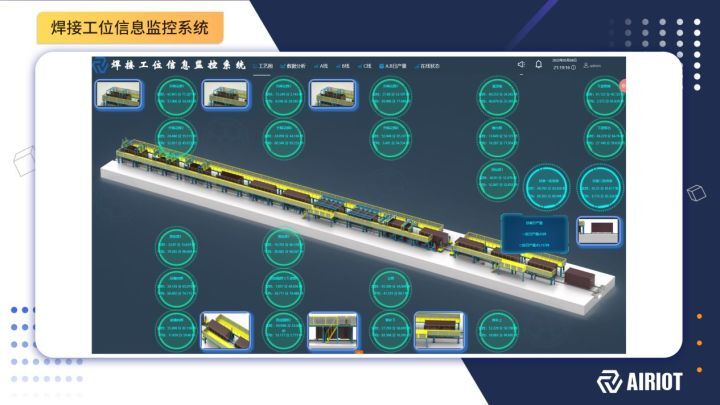
AIRIOT物联网平台赋能集装箱行业构建【焊接工位信息监控系统】
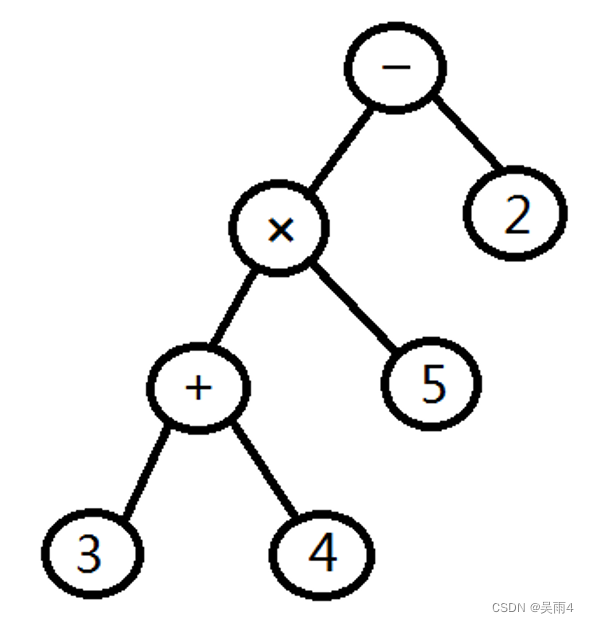
Detailed idea and code implementation of infix expression to suffix expression
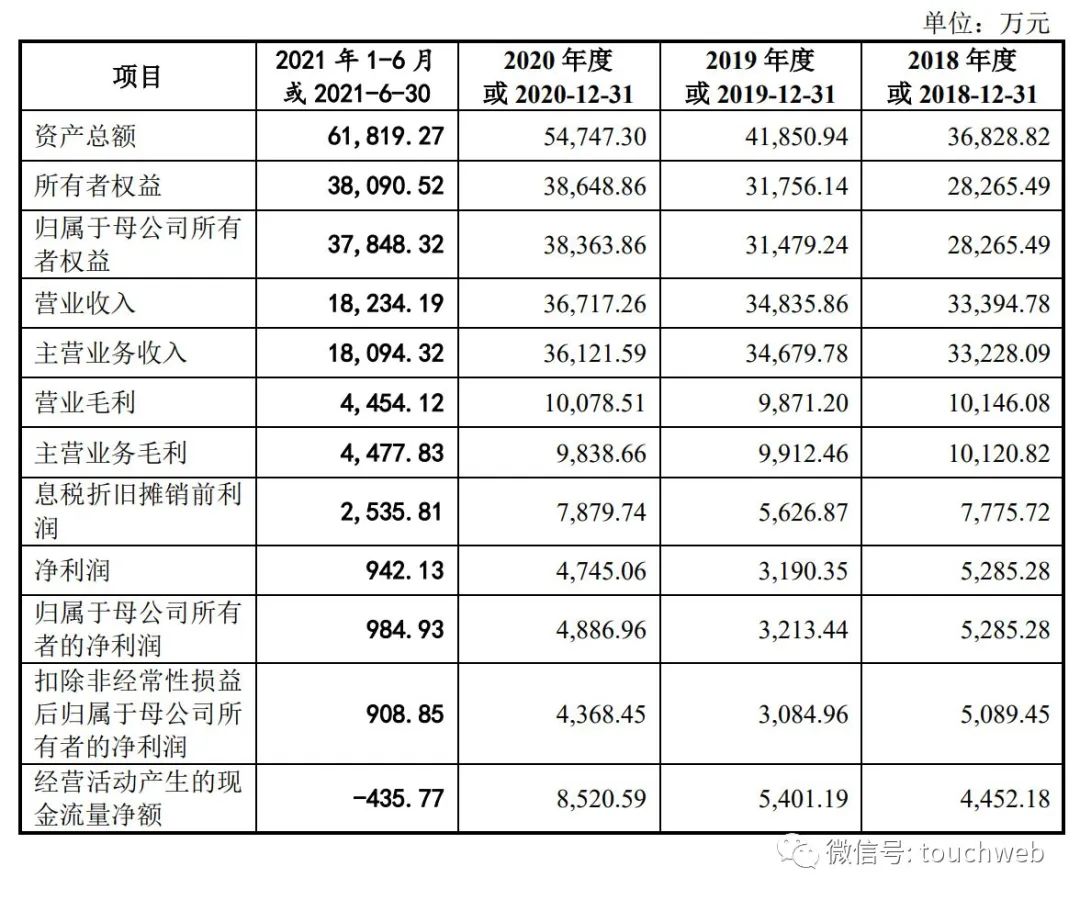
Xingnuochi technology's IPO was terminated: it was planned to raise 350million yuan, with an annual revenue of 367million yuan

基于蝴蝶种类识别

PMP practice once a day | don't get lost in the exam -7.6

JDBC详解
三年Android开发,2022疫情期间八家大厂的Android面试经历和真题整理
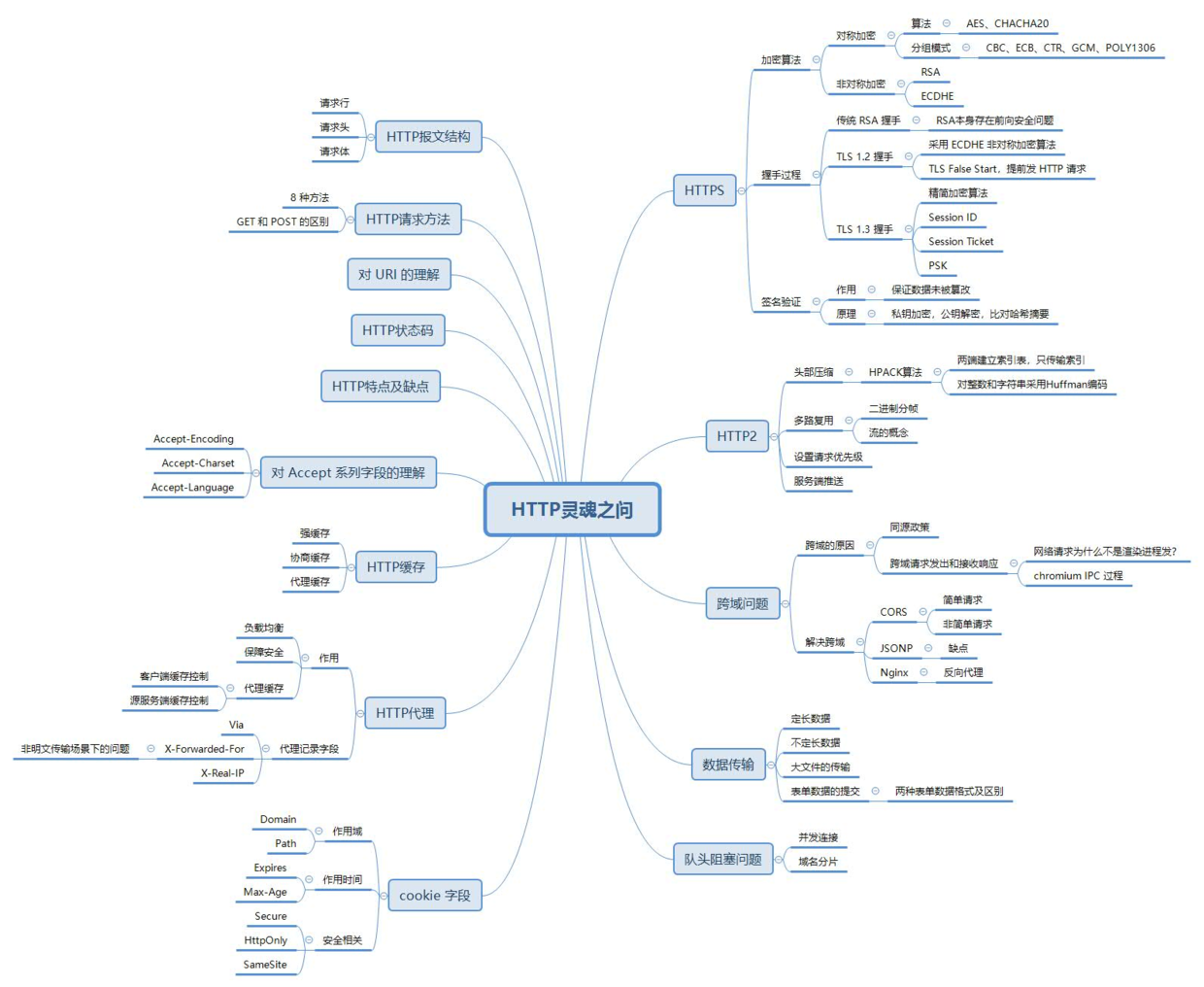
A full set of teaching materials, real questions of Android interview of 7 major manufacturers including Alibaba Kwai pinduoduo

Multithreading Basics: basic concepts of threads and creation of threads

Meilu biological IPO was terminated: the annual revenue was 385million, and Chen Lin was the actual controller
随机推荐
Test technology stack arrangement -- self cultivation of test development engineers
倒计时2天|腾讯云消息队列数据接入平台(Data Import Platform)直播预告
The second day of rhcsa study
青龙面板最近的库
MRO industrial products enterprise procurement system: how to refine procurement collaborative management? Industrial products enterprises that want to upgrade must see!
Synchronous development of business and application: strategic suggestions for application modernization
PMP每日一练 | 考试不迷路-7.6
Countdown 2 days | live broadcast preview of Tencent cloud message queue data import platform
Camel case with Hungarian notation
Take a look at how cabloyjs workflow engine implements activiti boundary events
关于图像的读取及处理等
Solution of commercial supply chain management platform for packaging industry: layout smart supply system and digitally integrate the supply chain of packaging industry
使用map函数、split函数一行键入多个元素
Pytorch common loss function
Php+redis realizes the function of canceling orders over time
Understanding disentangling in β- VAE paper reading notes
通俗的讲解,带你入门协程
Tensorflow and torch code verify whether CUDA is successfully installed
ROS自定义消息发布订阅示例
业务与应用同步发展:应用现代化的策略建议
